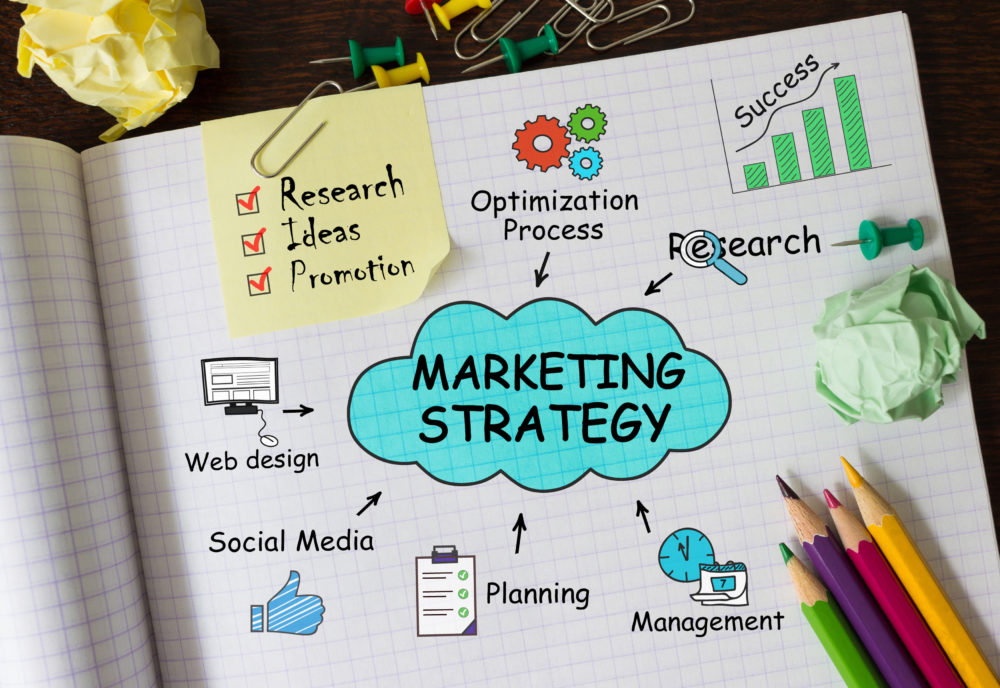Charting Success: Crafting Your Business Strategy Roadmap

Table of Contents
Business Strategy Roadmap In the dynamic landscape of business, a Business Strategy Roadmap serves as a guiding compass for organizations seeking to navigate complexities, capitalize on opportunities, and achieve sustainable growth. This comprehensive guide explores the essential components, strategic considerations, and innovative approaches involved in crafting a robust Business Strategy Roadmap that propels businesses toward success.

Understanding the Business Strategy Roadmap
A Business Strategy Roadmap is not merely a static document but a dynamic blueprint that outlines the vision, mission, objectives, and action plans necessary to achieve organizational goals. It provides clarity and direction, aligns stakeholders, and establishes a framework for decision-making and resource allocation. By integrating market insights, competitive analysis, and internal capabilities, businesses can formulate a strategic roadmap that adapts to changing market dynamics and drives long-term value creation.
Key Components of a Business Strategy Roadmap
1. Vision and Mission Statement
At the core of every Business Strategy Roadmap lies a clear and compelling vision and mission statement. These statements articulate the organization’s purpose, values, and long-term aspirations, inspiring stakeholders and guiding strategic initiatives. A well-defined vision and mission provide a strategic foundation and foster alignment across departments, ensuring collective effort towards common objectives.
2. SWOT Analysis
Conducting a SWOT analysis (Strengths, Weaknesses, Opportunities, Threats) is essential in developing a Business Strategy Roadmap. This analytical framework identifies internal strengths and weaknesses, external opportunities, and threats in the competitive landscape. By leveraging strengths, mitigating weaknesses, capitalizing on opportunities, and addressing threats, businesses can enhance strategic decision-making and position themselves for sustainable growth.
3. Goal Setting and Objectives
Setting SMART goals (Specific, Measurable, Achievable, Relevant, Time-bound) is pivotal in defining the actionable steps outlined in a Business Strategy Roadmap. Goals should be aligned with the organization’s mission and vision, challenging yet attainable, and accompanied by clear objectives that delineate key performance indicators (KPIs) for tracking progress and evaluating success.
4. Competitive Analysis
A thorough competitive analysis provides valuable insights into industry trends, market positioning, and competitor strategies. By benchmarking against industry leaders and emerging disruptors, businesses can identify competitive advantages, anticipate market shifts, and differentiate their offerings effectively within the marketplace.
5. Strategic Initiatives and Action Plans
The Business Strategy Roadmap delineates strategic initiatives and action plans aimed at achieving defined goals and objectives. These initiatives encompass market expansion strategies, product/service innovation, operational efficiencies, talent development programs, and strategic partnerships. Each initiative is accompanied by a timeline, resource allocation plan, and responsible stakeholders to ensure accountability and execution excellence.
Crafting Your Business Strategy Roadmap: Best Practices
1. Engage Stakeholders and Foster Collaboration
Involving key stakeholders from across the organization fosters buy-in and ensures alignment with strategic priorities outlined in the Business Strategy Roadmap. Collaborative workshops, brainstorming sessions, and cross-functional teams facilitate diverse perspectives, creative problem-solving, and consensus-building, ultimately enhancing the roadmap’s relevance and effectiveness.
2. Incorporate Agility and Flexibility
Given the dynamic nature of business environments, flexibility is crucial in crafting a resilient Business Strategy Roadmap. Organizations should embrace agile methodologies and iterative planning processes to adapt to market disruptions, capitalize on emerging opportunities, and pivot strategies as needed without compromising long-term objectives.
3. Leverage Technology and Data Analytics
Harnessing advanced technology and data analytics empowers businesses to make informed decisions and optimize outcomes outlined in the Business Strategy Roadmap. Predictive analytics, AI-driven insights, and real-time performance dashboards provide actionable intelligence, enhance operational efficiency, and drive continuous improvement across all strategic initiatives.
4. Monitor Progress and Evaluate Performance
Regular monitoring and evaluation are essential in ensuring the effectiveness and relevance of the Business Strategy Roadmap. Establishing milestones, conducting periodic reviews, and leveraging performance metrics enable organizations to track progress, identify bottlenecks, and make data-driven adjustments to keep initiatives on track towards achieving overarching goals.
Case Studies in Effective Business Strategy Roadmaps
Case Study 1: Technology Company X
Technology Company X successfully implemented a comprehensive Business Strategy Roadmap focused on expanding its global market presence and enhancing product innovation. By leveraging customer insights and cross-functional collaboration, the company accelerated product development cycles, penetrated new markets, and achieved significant revenue growth.
Case Study 2: Retail Chain Y
Retail Chain Y revitalized its operations through a strategic Business Strategy Roadmap centered on omnichannel retailing and customer experience enhancement. By integrating online and offline channels, optimizing supply chain logistics, and personalizing customer interactions, the retailer improved customer retention, operational efficiency, and profitability.
Emerging Trends in Business Strategy Roadmaps
1. Sustainability and Corporate Social Responsibility (CSR)
Integrating sustainability and Corporate Social Responsibility (CSR) initiatives into Business Strategy Roadmaps is becoming increasingly prevalent. Organizations are prioritizing environmental stewardship, ethical governance practices, and social impact initiatives to meet stakeholder expectations, attract socially responsible investors, and foster long-term sustainability while achieving financial objectives.
2. Digital Transformation and Industry 4.0
The era of digital transformation and Industry 4.0 is reshaping business models and redefining Business Strategy Roadmaps. Automation, IoT (Internet of Things), cloud computing, and AI-driven technologies are revolutionizing operational efficiencies, customer engagement strategies, and supply chain management, enabling organizations to innovate rapidly and stay competitive in a digital-first economy.
3. Globalization and Market Expansion
Globalization presents new opportunities and challenges for Business Strategy Roadmaps. Organizations are expanding into emerging markets, navigating geopolitical complexities, and leveraging cross-border partnerships to diversify revenue streams and capitalize on global consumer demand. Strategic localization strategies and adaptive market entry approaches are critical in achieving sustainable growth and maximizing financial potential on a global scale.
Business Strategy Roadmap
In conclusion, crafting a robust Business Strategy Roadmap is pivotal for organizations aiming to chart a course toward sustainable growth, profitability, and market leadership. By integrating strategic foresight, stakeholder engagement, agile methodologies, and advanced technologies, businesses can navigate uncertainties, capitalize on opportunities, and achieve their strategic objectives with clarity and confidence.
Embrace these best practices, learn from successful case studies, and stay abreast of emerging trends to develop a dynamic Business Strategy Roadmap that drives innovation, resilience, and long-term value creation. By aligning vision with action and fostering a culture of continuous improvement, organizations can chart a successful path forward in an ever-evolving business landscape.






